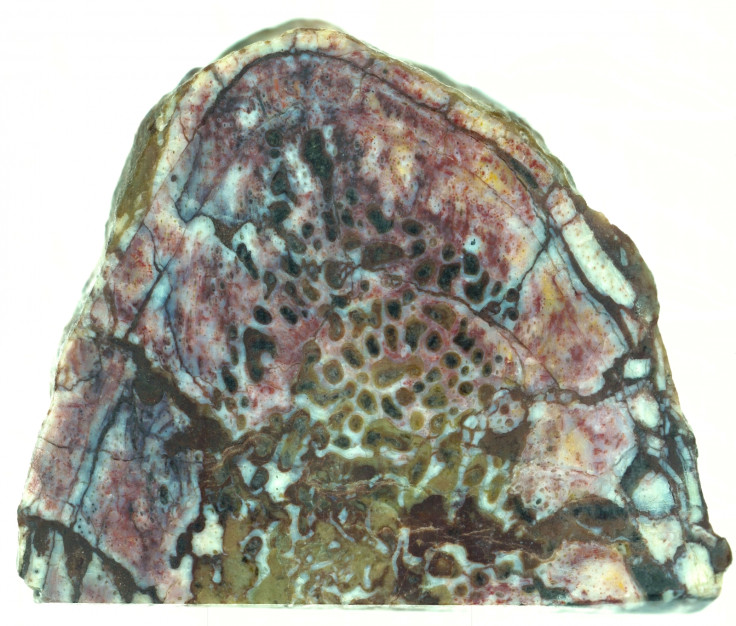Unprecedented preservation of dinosaur soft tissue discovered with proteins 195 million years old
Haematite made from dinosaur blood acted as an antioxidant to preserve the protein collagen, palaeontologists say.
The discovery of intact collagen from a dinosaur rib from the Early Jurassic period has broken the record for the oldest preserved protein by more than 100 million years.
The 195-million-year-old protein was found in tiny canals in the bone where blood vessels passed through. These canals also contained traces of haematite – the main ore of iron – thought to have been formed from the iron-rich dinosaur blood that flowed through the vessels, the authors suggest in the paper published in Nature Communications.
The dinosaur the specimen came from was an adult Lufengosaurus, a herbivore measuring about 6 metres long that lived in the Early Jurassic in present-day south-west China.
The preservation of soft tissue is very rare in dinosaurs, where the skeletons and sometimes tough claws are usually all that remains. Extracting samples from the fossil is also incredibly difficult, and can destroy the delicate, tiny fragments of any soft tissue left.
Researchers based in Taiwan got around this problem by analysing the tissue where it was rather than extracting it using chemical methods. They sliced the sample into thin sections and fired lasers at the sample to measure the chemical signatures from the specimen. As well as lowering the risk of destroying the ancient protein, it also lowers the risk of contamination from modern sources.
The remains of dinosaur blood in haematite crystals had a crucial role in the unusual longevity of the collagen, the authors say. The iron in the blood or haematite acted as an antioxidant, to prevent molecules with reactive oxygen components from breaking down the collagen, they say.

"Interestingly, 90% of the bone matrix proteins is collagen in extant species; however, little or no protein or collagen was found within the bone matrix of the Lufengosaurus rib," the authors write in the paper.
This absence in the bone matrix is probably due to the lack of blood vessels in this region, suggesting that collagen can only be preserved over hundreds of millions of years alongside ancient blood.
The authors say that this method of analysing ancient remains without chemically destroying them could lead to many further discoveries of soft tissues in dinosaur fossils.


© Copyright IBTimes 2025. All rights reserved.






















